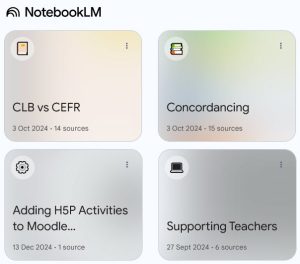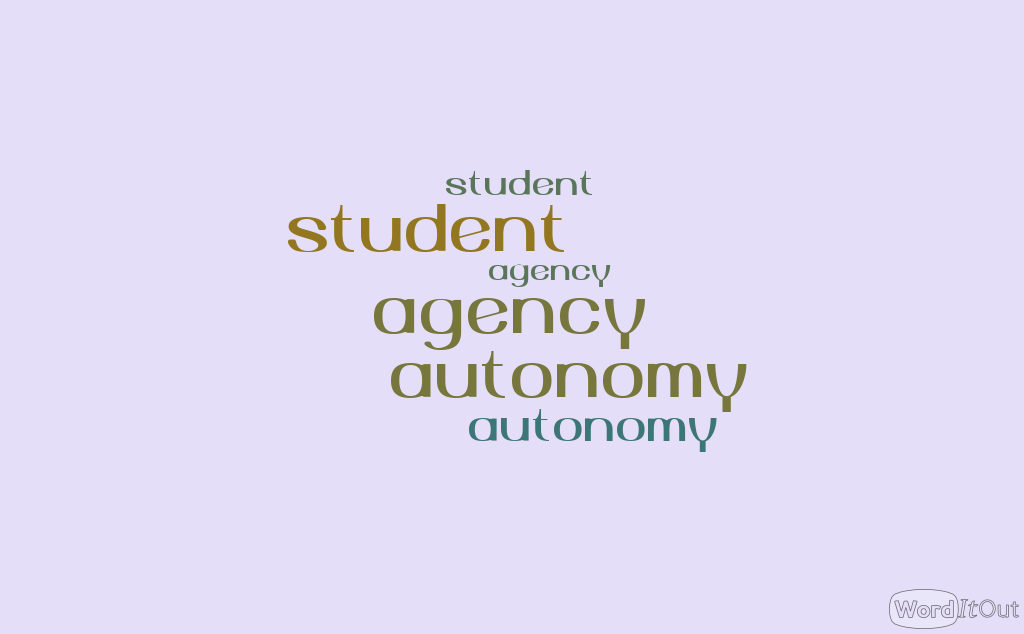
The hype pinnacle was NotebookLM’s podcasts, termed “audio overview,” that created deep dive AI generated podcasts. The AI hosts present realistic human voices to simulate engaging audio discussions based on the content of input documents. Beyond the appealing podcast generation feature, can this tool offer educators potential ways to transform the way they design and deliver language instruction? Continue reading









